Some time ago, I wrote that rosé should only be drunk south of Lyon, but one could start on the first bottle around 10.30 while brushing away the last shards of breakfast croissant. Although I received appreciative comments, I am no longer sure that I agree with myself. I recently discovered Domaine de Triennes, which is a serious wine with length and structure — far better than the average supermarket rosé which would work perfectly well as an ice lolly.
Domaine de Triennes ought to be good. It was founded by Aubert de Villaine of Romanée-Conti, an unsurpassable pedigree, and Jacques Seysses who had been with Dujac, a superb Burgundian producer. The Var has always produced lots of wine, almost all quaffable, almost none worthy of serious attention. The two partners were convinced that this could change. They discovered a potential vineyard in the hills of the Var.
The Var is underrated. It is unspoiled France profonde. A friend who used to have a house in a little village was delighted by how his shaving would be interrupted. The local restaurateur would shout up to the bathroom: ‘David, I’m off to the markets. Anything you fancy for lunch?’ Needless to say, there was no thought of eating anywhere else: excellent local ingredients, cheap as… frites.
The Burgundians discovered that the soil had enough limestone to ensure minerality. Wine had been grown there for at least two millennia. The name Triennes was chosen in honour of the triennial festival to Bacchus, as observed by the ancients (why only triennial?). To the new venture, the pioneers brought the most up-to-date techniques, grafting wines and pruning them to ensure quality over quantity. But the oenologues were also oenophiles. Science was complemented by a belief in tradition, a veneration of terroir and two formidable palates: the perfect equipment for vignerons. They love what they do. It shows in the bottle.
As well as rosé, they produce whites and blended reds. I have not tried either yet but those who have are unstinting in praise. I am certain that the reds will age well, and that may also be true of the whites. Indeed, I would not mind trying a five-year-old rosé from Triennes. None of this should surprise us. When those two serious characters left the hauts lieux of Burgundy, they were setting out to make history. It seems more than probable that they will succeed.
We drank the rosé in Dorset. It was good enough to stand up to a sea trout. Later, we moved on to bottles of the quality to which Messrs de Villaine and Seysses are accustomed, and to which they now aspire, in the Var.
The wines of Saint-Estèphe have always been long-lived. A thousand years ago, a Phélan Ségur was the first serious claret I drank. To the resentment of some proprietors, no Saint-Estèphe has been granted first-growth status. I suspect that although this judgment may be harsh, it is correct. A 2002 Saint-Estèphe was everything a fine claret ought to be. But it still fell short of greatness. Lafite is its immediate neighbour. There is a difference.
The bottle which we drank almost bridged the gap, as did a 2003 Mont-rose, number two in the Saint-Estèphe hierarchy. Returning to Dorset, my friends have a splendid rose garden. At this time of year, it ought to be at its scented, seductive, glorious peak: the blossoms reminiscent of Titian or Rubens nudes. On Saturday, we watched helplessly as they were battered by the wind and the rain. I had assumed that ‘Roses of Picardy’ referred to first world war casualties. Not so: it is merely shallow sentiment. But the roses of Dorset had to survive an artillery barrage from the elements. Even so, Triennes helped us to pretend that it was summer. Saint-Estèphe made the season irrelevant.
Got something to add? Join the discussion and comment below.
Get 10 issues for just $10
Subscribe to The Spectator Australia today for the next 10 magazine issues, plus full online access, for just $10.
You might disagree with half of it, but you’ll enjoy reading all of it. Try your first month for free, then just $2 a week for the remainder of your first year.


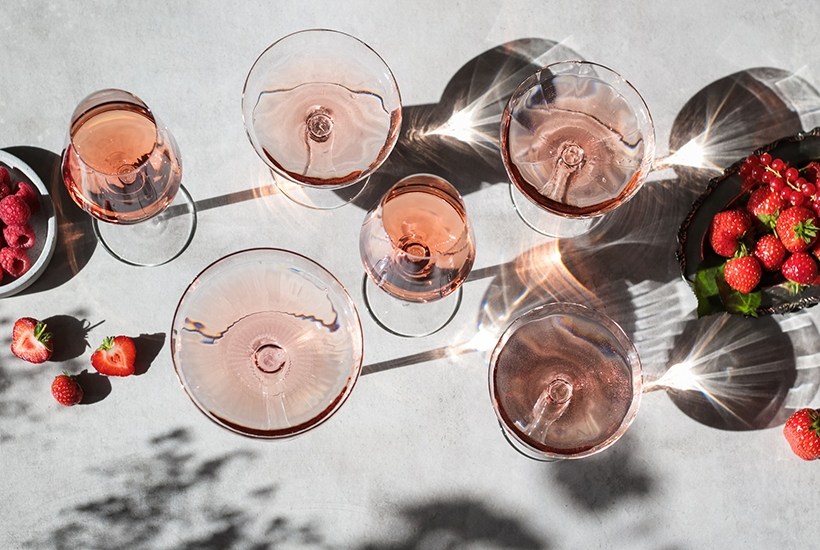
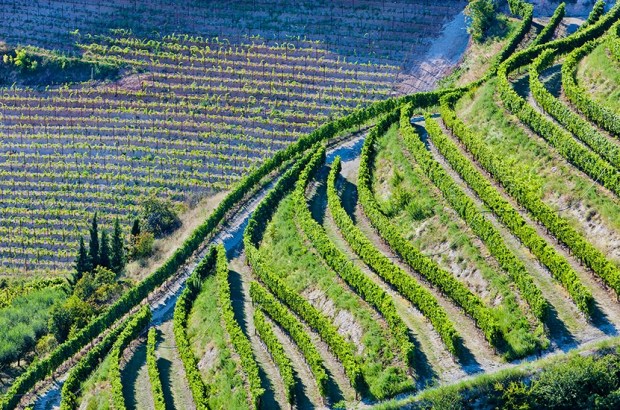
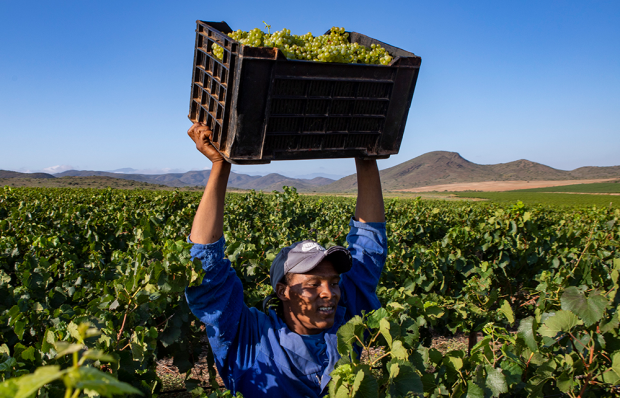
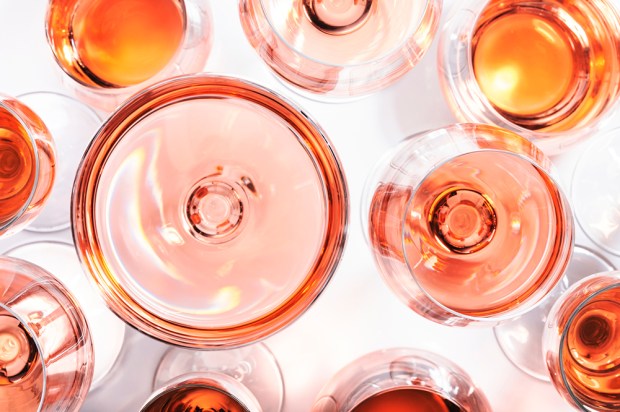


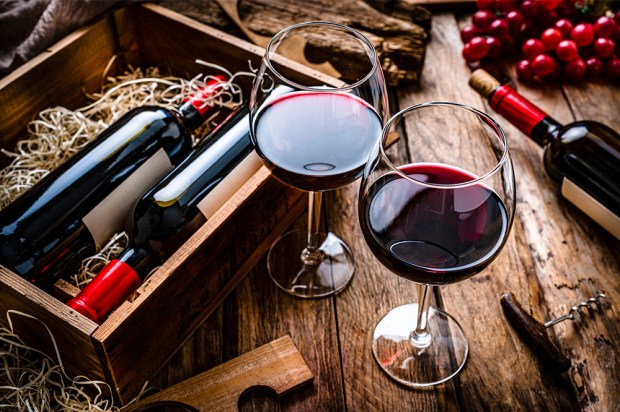






Comments
Don't miss out
Join the conversation with other Spectator Australia readers. Subscribe to leave a comment.
SUBSCRIBEAlready a subscriber? Log in